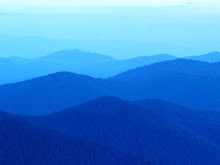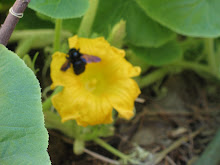Cinnabar is a colorful mineral that adds a unique color to the mineral color palette. Its cinnamon to scarlet red color can be very attractive. Well shaped crystals are uncommon and the twinned crystals are considered classics among collectors.
Genuine cinnabar is a rock type mineral, which was carved and made into jewelery for a short period of time, centuries ago in the Far East.
It is no longer produced as it was quickly realized that the main constituent is mercury – which is a powerful neurotoxin.
This is also the substance (mercury)which used to be sucked up into bead tubes to ‘silver’ line the beads by cottage workers in Bohemia. Cinnabar (the mineral) in its rough state can vary from bright scarlet to brick red.
What is sold now, and what is often termed ‘real’ Cinnabar, is actually carved lacquered wood or with modern items, resin.
The art of ‘tsuishu’ (carved cinnabar) is a fascinating and highly labor-intensive technique, developed in China many centuries ago. Many types of articles were produced, although the number of bangles made, was relatively few. This type of cinnabar has nothing to do with the toxic mineral.
Origin and History
It is an historical pigment but surprisingly not found in ancient Egyptian or early Mesopotamian objects. It was well known to the Romans and widely used in China since the third millennium B.C.
Source
Cinnabar is a red crystalline form of mercuric sulfide, a red mineral of secondary origin, occurring in the oxidized zones of copper veins. Cinnabar has the highest refractive index of any other known mineral, its mean index for sodium light being 3.256, while the index for diamond¡ªa substance of remarkable refraction¡ªis only 2.42. It was mined by the Romans for its mercury content and it has been the main ore of mercury throughout the centuries. Some mines used by the Romans are still being mined today. Cinnabar is found in all localities which yield mercury notably Almaden, Spain; Idrija, Slovenia; Landsberg, near Ober-Moschel in the Palatinate; Ripa, at the foot of the Apuan Alps, Tuscany; the mountain Avala, Serbia; Huancavelica, Peru; Kweichow and Hunan Provinces, China; Doneckaia region, Ukraine; and California, Oregon, Texas, and Arkansas, USA.









